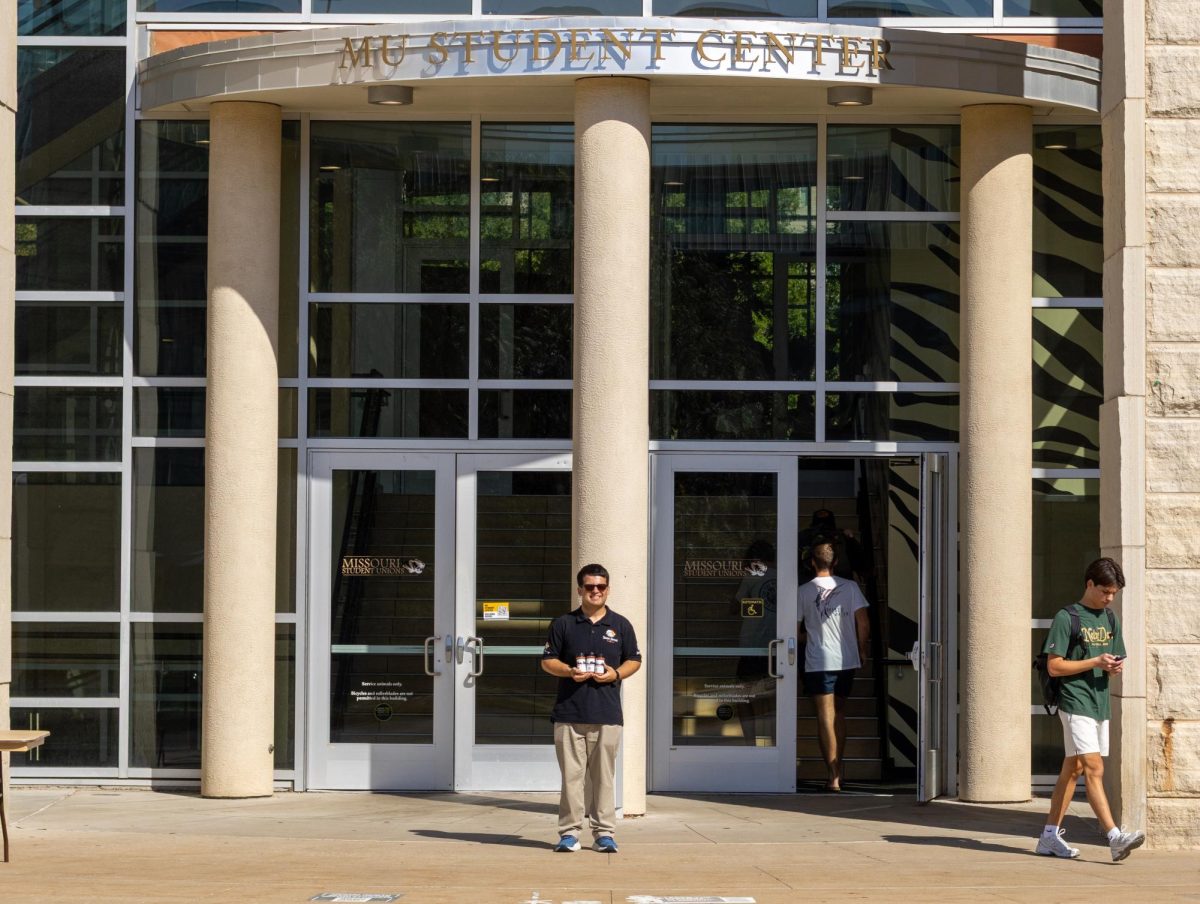After adopting a raise in tuition to help buffer anticipated cuts in state appropriations, the UM System became one of the cuts’ biggest victims Friday, receiving an 8.1 percent reduction in state funds.
The UM System’s decision to raise tuition by an average 5.5 percent, coupled with recent natural disasters across the state, prompted Gov. Jay Nixon to cut an additional 1.1 percent in funding for it and Missouri Western University. This is on top of a 7 percent cut for higher education applicable to all higher education institutions.
“Our thoughts and prayers continue to go out to the people of Missouri victimized by this spring’s unprecedented natural disasters,” Interim System President Steve Owens said in a news release. “We fully understand and appreciate the additional budget challenge posed by the flooding in the Bootheel and the tornadoes in Joplin, Sedalia and St. Louis.”
Rep. Mary Still, D-Columbia, said the extra cut to the UM System was disappointing to her.
“There’s a rainy day fund and if it was ever to be used, this would be the time,” she said. “It’s definitely raining here in the state of Missouri.”
Still said the “rainy day fund” has about $500 million in it, but that there are rules and regulations for when it can be used.
“It just seems to me that this would be an appropriate use of the fund,” she said. “There are many options for increasing revenue that would not hurt hardworking, middle-income people. What is going to hurt them is having to pay higher tuition for their children to go to college.”
Rep. Stephen Webber, D-Columbia, an MU law student, said he is also disappointed by the smaller budgetary appropriations to UM System.
“I’m clearly disappointed as someone who pays Mizzou tuition,” he said. “I don’t want our school to be penalized for paying more.”
Webber said the state’s decision not to tap into the ‘rainy day’ fund could stem from the bad economic times. When money is used from the fund, the state is required to replace the withdrawn amount within a year — a requirement that could have been too difficult to meet, he said.
“The problem we have, I think, is the cutbacks of the economy being bad and just year after year of tax cuts, resulting in a place where there is no money left,” he said. “I think the students are going to be the ones making up the difference.”
UM System spokeswoman Jennifer Hollingshead said the difference between the 5.68 percent reduction in the budget passed by the legislature and the 7 percent cut Nixon spoke about in his State of the State Address would have allowed the System to increase financial aid and lower the net cost of attendance. This is no longer the case.
“We will not be able to offer this additional financial aid now,” Hollingshead said. “The university has not yet identified how it will absorb the additional decrease of $4.5 million in state support from 7 percent to the governor’s recently announced cut of 8.1 percent.”
Owens said he understood these disasters required the state to cut funding, but affirmed the System would still continue to attempt to keep the cost of education as low as possible. Still, he expressed his disappointment with Nixon’s decision to trim the System’s budget a disproportionate amount.
The additional cut was directly related to the Board of Curators’ vote to raise tuition by an average of 5.5 percent rather than 5 percent in January. This notion was approved by Commissioner of Higher Education David Russell but denounced by Nixon.
“This tuition proposal is well beyond the increase in the cost of living allowed by statute,” Nixon said in January. “Universities should look first at achieving every efficiency in their operations before taking this type of action that affects families’ ability to pay for higher education.”
The System is educating 17,000 more students than in 2001, but because of the cuts, it is functioning on less state support than it was 10 years ago.







